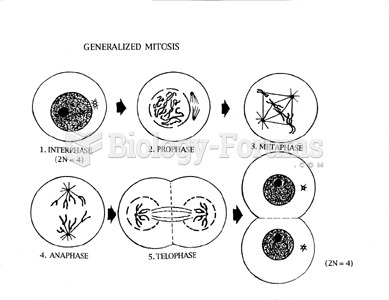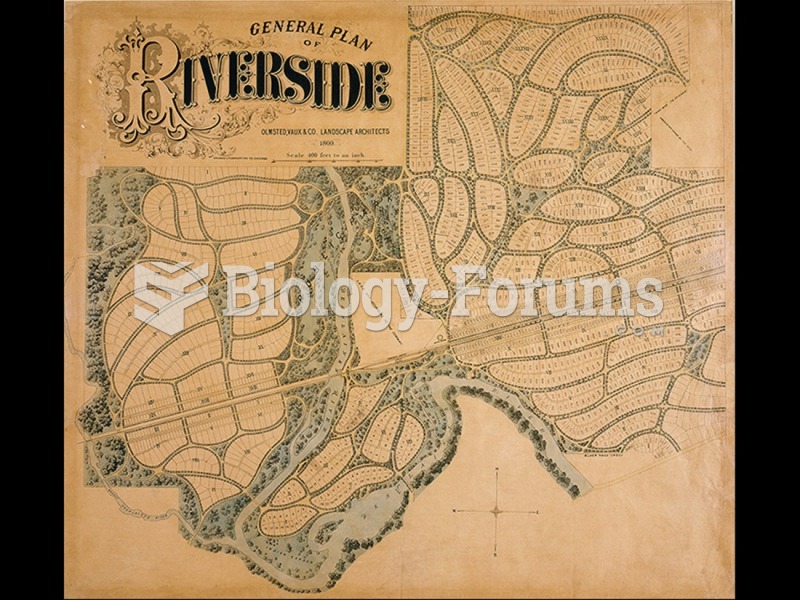Answer to Question 1Both the character and background of Emily Grierson from Homer Barron could not be more different. She is an old maid at age thirty, Southern, aristocratic, never having worked a day in her life. He is a Northern day-laborer, crass, crude, and experienceda man not interested in marriage or settling down. Grieving after her fathers death, Emily has isolated herself from the town, seeing no one except her Negro servant. She is thin and pale white, with a face tragic and serene (par. 29). When the townspeople decide to pave their sidewalks, Homer Barron comes to town as the foreman with the construction crew. The narrator describes him as a big, dark, ready man, with a big voice and eyes lighter than his face (par. 30). Laughter follows him wherever he goes, and he soon knows everyone in town and carouses with younger men at the Elks Club.
That the Grierson house was set on what had once been our most select street (par. 2) and that people in our town . . . believed that the Griersons held themselves a little too high for what they really were (par. 25) only heightens Emilys transformation after taking Homer as her lover. Emilys scandalous behavior surprises the townspeople as they witness a rare occurrence: Emily laughing with a man whom she clearly likes. She rides with Homer on Sunday afternoons in the glittering buggy, Miss Emily with her head high and Homer Barron with his hat cocked and a cigar in his teethimages that all suggest her fallen state (par. 33). Some have read the story as an allegory: Homer Barron is the crude, commercial North who invades, like a carpetbagger. Emily, with her faithful ex-slave, is the Old South, willing to be violated. In an interview with students at the University of Virginia, Faulkner played down such North-South symbolism. I dont say thats not valid and not there, he said, but . . . I was simply writing about people. (The whole interview in which Faulkner discusses this story, not very helpfully, can be found in Faulkner in the University, Frederick Gwynn and Joseph Blotner, eds., UP of Virginia, 1959.) Still, it is clear that Emily, representing an antebellum first family, receives both Faulkners admiration and his criticism for resisting change. The theme of the story, according to C. W. M. Johnson, can be stated: If one resists change, he must love and live with death, and in this theme it is difficult not to see an implied criticism of the South (Explicator VI No. 7 May 1948: item 45). But Faulkners criticism, Ray B. West, Jr., feels, is leveled at the North as well. West makes much of the passage in which Faulkner discerns two possible views of Time (55). If, for the South, Time is a huge meadow which no winter ever quite touches, then for the North it is a mere mathematical progression and a diminishing road. West would propose, for a statement of the storys theme: One must neither resist nor wholly accept change, for to do either is to live as though one were never to die; that is, to live with Death without knowing it (Explicator VII No. 1 Oct. 1948: item  .
.
Answer to Question 2
- The story would be radically different if it were told from Emily Griersons point of view. Miss Emily would hardly be able to tell her own story with any kind of detachment. While the narrator notes and reports many things about Miss Emilys history and personality, he is not the man to analyze or ponder their significance.
The careful reader, however, soon understands several important factors affecting her. Miss Emilys father has somehow kept her downdominating her life and driving away suitors. She also has difficulty accepting loss or change. She will not, for example, initially admit that her father has died or let the doctors or the minister dispose of the body. Miss Emily seems starved for affection and emotionally desperate enough to risk censure from the town when she takes Homer Barron as her lover.
At the end the reader also sees her determination in killing Barron, though her motives are open to question. Such ambiguity would have been lost without a thirdperson, omniscient narrator. When the story ends, readers still wonder if Emily wanted to exact revenge for Homers apparent refusal to marry her, or was she trying to keep him with her forever?







